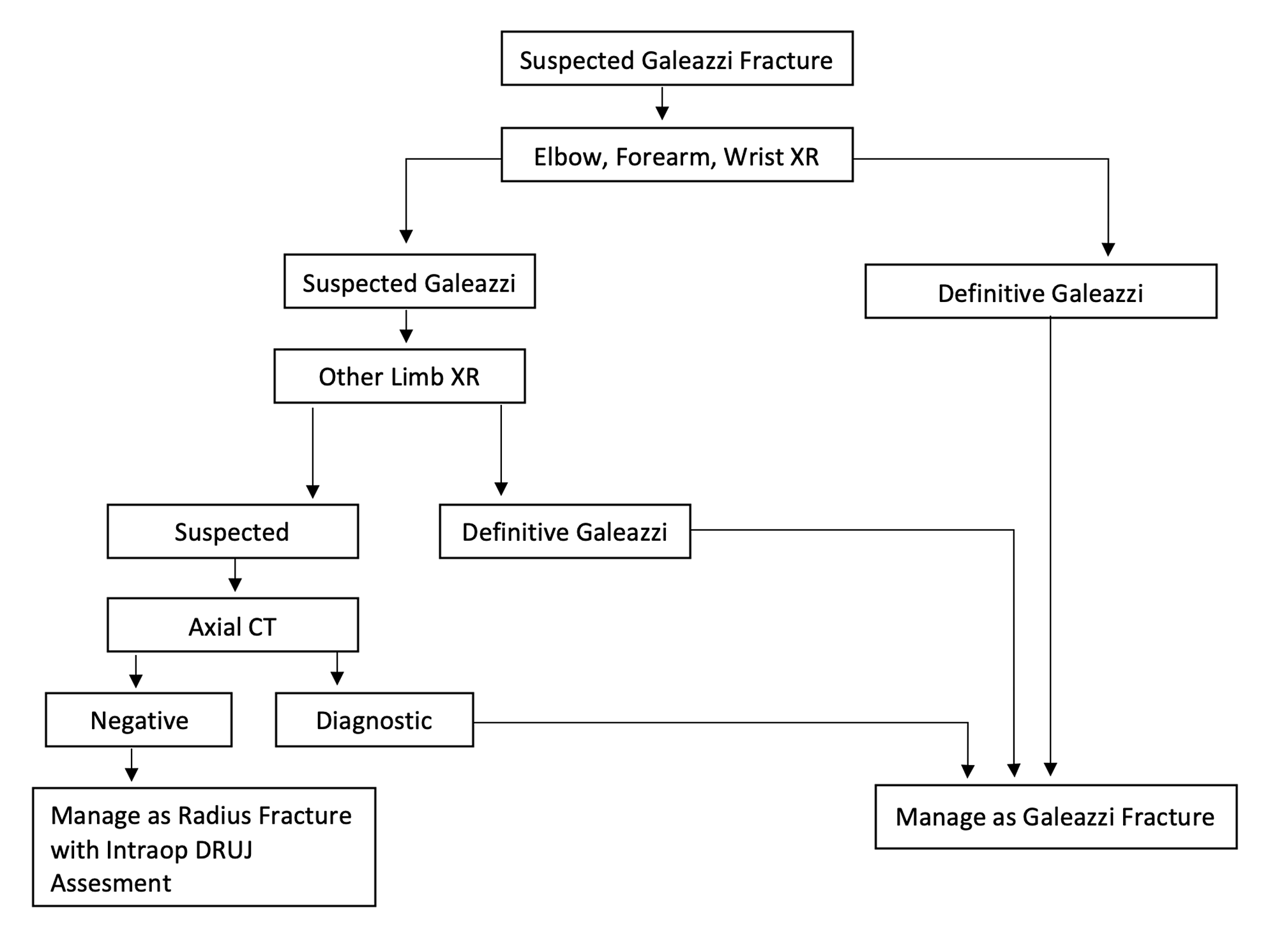


Patients with a traumatic thoracic or lumbar spine fracture, without neurologic damage, with less than 50% loss of height of the anterior column and less than 30% reduction of the spinal canal were included. Two general hospitals in the Netherlands.
#THERAPY GALEAZZI FRACTURE TRIAL#
Prospective randomized controlled trial with long-term follow-up. In Galeazzi-equivalent fractures, ulnar physeal arrest is frequent, seen in 55% of cases.To evaluate and compare nonoperative treatment methods for traumatic thoracic and lumbar compression fractures and burst fractures.

reduced and stable: splint and early motion 7.Open reduction of the radial shaft fracture and internal fixation with a dynamic compression plate and screws may also reduce the distal radioulnar joint dislocation 7.įollowing intraoperative assessment of the distal radioulnar joint, the reducibility and stability of the joint determines the indicated treatment: Galeazzi fracture-dislocations are unstable requiring surgical intervention, which involves open reduction and internal fixation (ORIF) of the radial fracture, intraoperative assessment of the distal radioulnar joint for reducibility and stability, and subsequent Kirschner wire fixation of the ulna to the radius, triangular fibrocartilage complex (TFCC) exploration and repair, and splinting or immobilization in supination via an above-elbow cast 7.

In addition to stating the presence of the radial fracture and distal radioulnar joint dislocation, a number of features should be sought and commented on: asymmetry of the distal radioulnar joint when compared to the other forearm 6.widening of the distal radioulnar joint on the frontal view 6.radial shortening may occur, and if greater than 10 mm, suggests complete disruption of the interosseous membrane.dislocation of the distal radioulnar joint.commonly at the junction of the middle and distal thirds.However, good quality orthogonal views are needed to identify and characterize displacement correctly.
#THERAPY GALEAZZI FRACTURE SERIES#
Galeazzi fractures are classified according to the direction of radial displacement:Ī forearm series is usually sufficient for diagnosis and management planning. Typically, Galeazzi fracture-dislocations occur due to a fall on an outstretched hand (FOOSH) and result in dorsal displacement of the radius (type I) if the axial load was applied to the forearm in supination or volar displacement of the radius (type II) if the forearm was in pronation 7. Galeazzi fractures are primarily encountered in children, with a peak incidence at age 9-12 years 3. In adults, it is estimated to account for ~7% of forearm fractures 3.


 0 kommentar(er)
0 kommentar(er)
